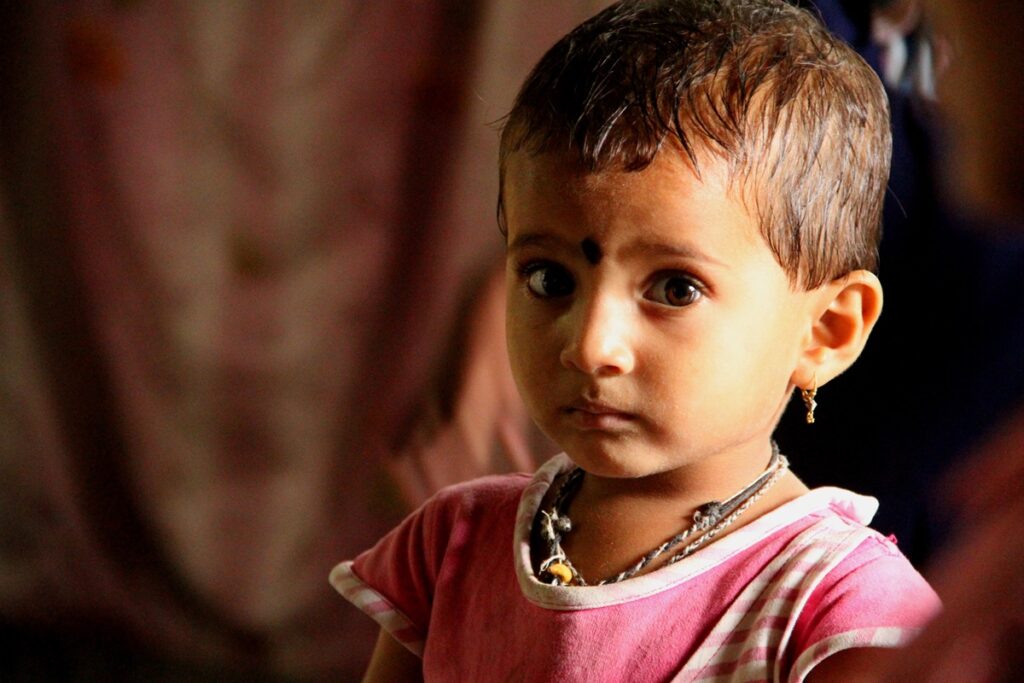
Child Immunization in Rural Areas: Challenges & Solutions
Child immunization is a vital public health measure that protects children from preventable diseases. However, various challenges hinder adequate imm....
Read MoreInfant mortality is a critical indicator of a nation's health and development. It reflects the overall health of a population and the quality of healthcare services available. Although India has made significant progress in recent years, the infant mortality rate remains a pressing concern.
This issue not only affects individual families but also has far-reaching consequences for the country's social and economic growth. Understanding the causes of infant mortality rate in India is crucial for developing effective strategies to combat this problem and ensure a healthier future for India's youngest citizens.

The infant mortality rate (IMR) reflects the number of infant deaths within one year of age per 1,000 live births within a specific year.
Although the infant mortality rate in India has been declining over the years, it still remains higher than in many other developing countries. This highlights the need for continued efforts in this area.
The infant mortality rate in India declined to 28 per 1000 live births in 2020 from 30 per 1000 live births in 2019 (source: pib.gov.in, 2022). However, this national average masks significant regional disparities.
Rural areas typically have higher IMRs compared to urban areas. Socioeconomic factors, including maternal education, household income, and access to healthcare services also play crucial roles in determining infant mortality rates across different demographics in India.
The causes of infant mortality rates in India are multifaceted and interconnected. They range from medical complications to socioeconomic factors. Understanding these causes is crucial for developing targeted interventions to reduce infant mortality (source: WHO, 2024).
Insufficient prenatal and postnatal care significantly contributes to increased infant mortality rate. Many expectant mothers in India, especially in rural areas, do not receive adequate prenatal check-ups or nutritional support. This lack of care can lead to undetected complications during pregnancy and childbirth.
After birth, due to inadequate postnatal care, healthcare professionals miss the opportunities to address health issues in newborns, increasing the risk of infant mortality.
Malnutrition is a primary cause of the infant mortality rate in India. Many infants suffer from undernutrition due to poor maternal nutrition during pregnancy and inadequate feeding practices after birth. It weakens the immune system, making infants more susceptible to infections and diseases and increasing mortality risk.
Infectious diseases remain a significant threat to infant health in India. Common infections like pneumonia, diarrhea, and sepsis account for a large proportion of infant deaths.
Lack of immunization, poor hygiene practices, and limited access to clean, fresh water as well as sanitation facilities contribute to the high prevalence of these infections. Timely vaccination and improved hygiene can significantly reduce mortality from these preventable diseases.
ALSO READ: Why Immunization is Critical For Child's Health?
Complications during childbirth are a leading cause of infant mortality rate in India. These include birth asphyxia, where the baby doesn't receive enough oxygen, and birth trauma.
Many complications could be prevented or managed with skilled birth attendants and proper medical facilities. However, in several parts of India, particularly rural areas, access to such care is limited, increasing the risk of infant mortality due to birth complications.
Poor sanitation, combined with unhygienic practices contribute significantly to the high infant mortality rate in India. Lack of access to clean water and proper waste disposal systems increases the risk of waterborne diseases. Improving sanitation infrastructure and promoting hygiene awareness are crucial to reducing infant mortality in those areas.
Low birth weight, which is typically a result of premature birth or intrauterine growth restriction, is a significant risk factor for infant mortality. Babies born with low birth weight are more susceptible to infections, breathing difficulties, and other complications.
Addressing factors that contribute to low birth weight, such as maternal malnutrition and inadequate prenatal care, is essential in reducing infant mortality rates.
Many infant deaths occur due to a lack of timely access to emergency medical care. In rural areas, distance to healthcare facilities and lack of transportation can delay critical interventions.
Even in urban areas, overcrowded hospitals and a shortage of specialised neonatal care units can hinder prompt treatment. Improving emergency care access and quality is crucial for reducing infant mortality.
The future of infant mortality in India looks promising but requires sustained efforts from both government and individuals. Authorities should improve healthcare infrastructure, increase maternal and child health awareness, and address socioeconomic disparities.
However, the efficacy of these actions will largely depend on the proper implementation of policies and programmes targeting the root causes of infant mortality.
The Indian government has implemented several initiatives to address infant mortality.
These initiatives, combined with efforts to improve sanitation and healthcare access, are gradually helping to reduce infant mortality rates across the country.
CRY India, a child health NGO plays a crucial role in addressing the causes of infant mortality rate. As an NGO dedicated to child welfare, CRY works at grassroots levels to improve maternal and child health.
We focus on community-based interventions, educating families about proper nutrition, hygiene, and the importance of prenatal and postnatal care. CRY also advocates for better healthcare policies and infrastructure to ensure every child has access to quality healthcare.
Reducing infant mortality remains a critical challenge for India. While progress has been made, concerted efforts are needed to address the multifaceted causes of infant mortality rate.
Government initiatives, coupled with the work of NGOs like CRY India, are crucial in this fight. By focusing on improving healthcare access, nutrition, sanitation, and education, India can continue to make strides in ensuring a healthier start for its youngest citizens.